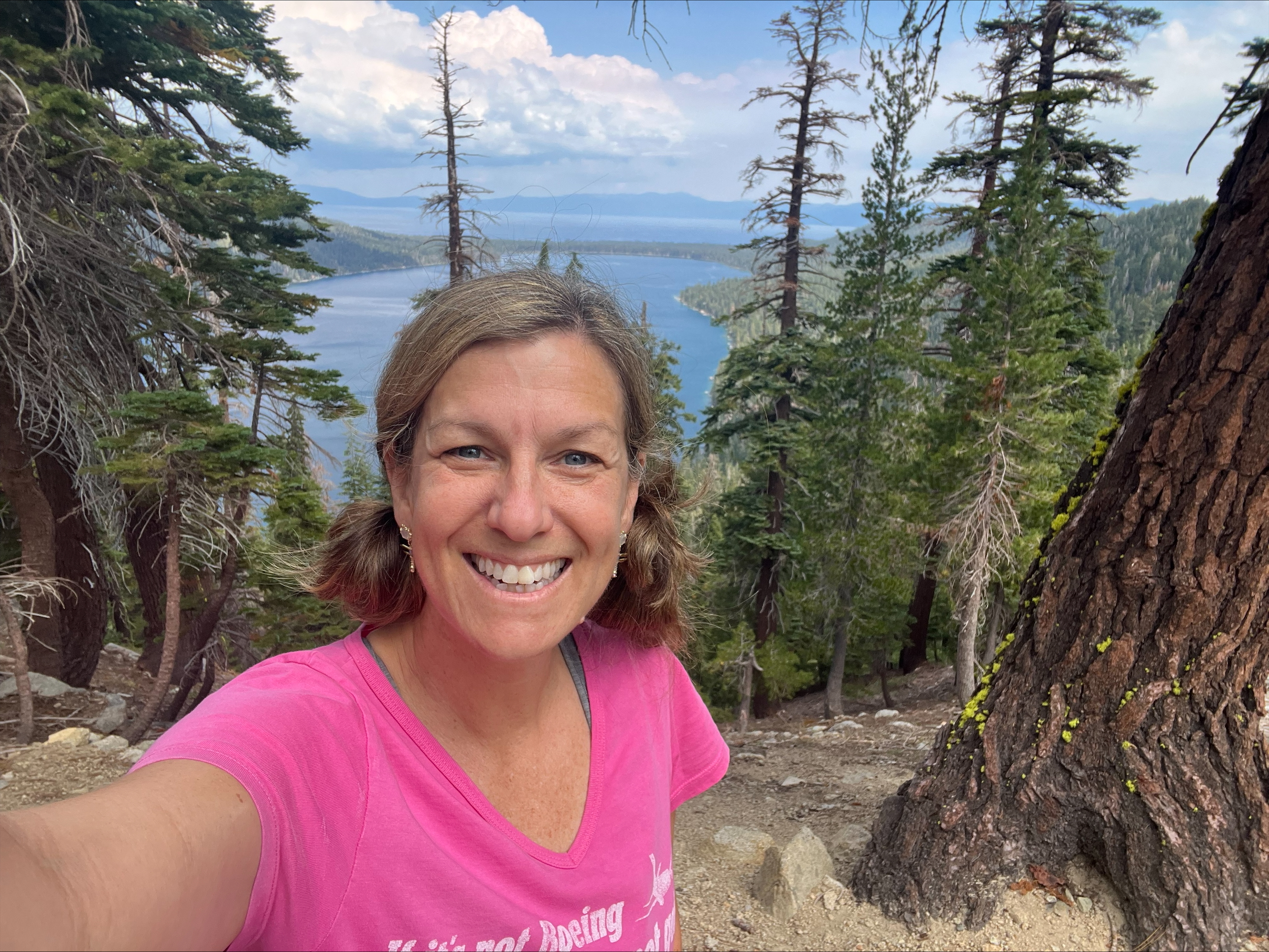I realize we’re planning way ahead here, but if you happen to be in charge of an Easter Vigil service next spring, you should definitely order a big beeswax candle for the occasion. Why? Because in the ancient liturgical prayer for Easter Eve, called the Exsultet, there’s a cool part where the priest/presider acknowledges the work of the bees in helping to make the Christ candle whose lighting is the culmination of the evening:
In this, your night of grace, O holy Father,
accept this candle, a solemn offering,
the work of bees and of your servants’ hands,
an evening sacrifice of praise,
this gift from your most holy Church.
… for [the flame] is fed by melting wax,
drawn out by mother bees
to build a torch so precious.
The Exsultet liturgy goes back with some variants to Ambrose in the fourth century. The bee part has long been noted as a charming and curious part of it. We’re not merely thanking God for bees here, but giving bees a shout-out for participation in the craft of candle-making and thus in praise.
I’ve been pondering this liturgical oddity because I’ve been reading Robin Wall Kimmerer’s beautiful book Braiding Sweetgrass. Kimmerer is an academic botanist as well as a member of the Citizen Potawatomi Nation. Braiding Sweetgrass gathers thirty of her lovely, short essays weaving together scientific and indigenous ways of knowing. One essay especially, “Allegiance to Gratitude,” prompted me to rethink our Christian practices of thanks.
Kimmerer describes how the people of the Onondaga Nation begin every gathering with what is often called the “Thanksgiving Address.” The address, she writes, is “a river of words as old as the people themselves, known more accurately in the Onondaga language as the Words That Come Before All Else.” An excerpt:
We give thanks to all of the waters of the world for quenching our thirst, for providing strength and nurturing life for all beings. We know its power in many forms—waterfalls and rain, mists and streams, rivers and oceans, snow and ice. We are grateful that the waters are still here and meeting their responsibility to the rest of Creation. Can we agree that water is important to our lives and bring our minds together as one to send greetings and thanks to the Water? Now our minds are one.
The address goes on for a while, through an inventory of about seventeen or so similar elements of the natural world, covering Mother Earth, waters, fish, plants, food plants, medicine herbs, animals, trees, birds, Four Winds, and so on. The speakers thank each aspect of creation in turn for “fulfilling its Creator-given duty to the others.”
The address concludes with thanks directly to the Creator:
We now turn our thanks to the Creator, or Great Spirit, and send greetings and thanks for all the gifts of Creation…
Kimmerer observes that the address is not a pledge, a prayer, or a poem, exactly. It serves numerous cultural purposes, forming the scientific, political, and communal worldview of the Onondaga. Above all, the Address is a “credo for a culture of gratitude.” By repeatedly envisioning the world as a kinship of creatures, all with gifts to share and the responsibility to share them, the Onondaga shape their understanding of human beings as one group among many who are both recipients and givers before the Creator.
After reading Kimmerer’s essay, I wondered: what would happen if we adapted something like this for Christian worship?
We already give thanks for the creatures in worship, or we note their beauty, or we call them to praise. “Praise God all creatures here below,” we sing, or we raise our song of praise “For the beauty of the earth.” We call “All creatures of our God and king” to lift their voices. We declare that “rocks and trees and skies and seas” belong to God. In baptism liturgies, we sometimes acknowledge that water “cleanses, purifies, refreshes, and renews” and cite the ways that God uses water in salvation history.
These are all completely wholesome and biblical liturgical acts, of course. But what if we were to give thanks not just for the creatures, but to the creatures? Would that be weird?
Here’s the section about trees from the Thanksgiving Address:
Standing around us we see all the Trees. The Earth has many families of Trees who each have their own instructions and uses. Some provide shelter and shade, others fruit and beauty and many useful gifts. The Maple is the leader of the trees, to recognize its gift of sugar when the People need it most. Many peoples of the world recognize a Tree as a symbol of peace and strength. With one mind we greet and thank the Tree life. Now our minds are one.
I suppose one could argue that we should only ever thank God, the source of all. I mean, thanking the creatures is tantamount to confusing Creator and creation, a slippery slope to pantheism or panentheism, right? Well, not necessarily. It seems to me that in the Address, the creatures are greeted and thanked, not worshiped.
One could also argue that in worship we should only address God, or each other, and not be talking at the creatures (except, as in scripture and the Doxology, to call them to praise). Perhaps that’s right. But perhaps we could use more reminders, as in the Address, that the creatures are not just objects, materials, resources. They have being.
We do not have to surrender human distinctiveness to admit this. We can retain all the Genesis distinctives for humans and still acknowledge that pin oaks and cardinals and Percherons and narwhals have their own kind of being before God, their own gifts and duties. They are beautiful and beloved; they praise God by being themselves. Aren’t we glad they do? Can we agree on that?
So what does it hurt to thank the bee for doing its bee-ish things, pollinating plants and providing wax for the vigil candle and honey for my tea? Why not remind ourselves, gratefully, that bees provide apian services not just to humans, but to blue bonnets and bears and the whole matrix of life?
I wonder what would happen if we started greeting and thanking the creatures for fulfilling their Creator-given duties to other creatures and to us. Maybe adaptations of the Address along these lines:
We thank you, God, for the trees. Thank you for the many families of trees, their shelter and shade, their fruits and beauty, their many useful gifts. The trees help the whole earth breathe and flourish. With one mind we greet and thank the trees of the world. And we thank you, God, for honoring trees in your word from beginning to end as signs of life, healing, and redemption.
It wouldn’t be so hard to include a little shout-out to the creatures in our devotional practices, embedded in appropriate thanks directly to God.
Maybe, as Kimmerer suggests, if we were more deeply formed in this kind of gratitude, we would treat the nonhuman creation with greater respect and protection. Maybe consistently taking a grateful inventory of fellow creatures, acknowledging the abundance the earth provides, would astonish us with how much we have and lead us to a radically counter-cultural contentment. Maybe by establishing that we can at least agree about our gratitude for and to the creatures, we could find some common ground to heal our divisions.
If it seems as if my suggestion here to learn from and adapt this indigenous tradition is an instance of off-limits cultural appropriation, then I would refer to the end of Kimmerer’s essay, where she describes how she asked an Onondaga “Faithkeeper” whether it was OK for her to write about the Thanksgiving Address and its wise centering of gratitude and communal reciprocity. The man insisted that the Address is gift and the whole point is that gifts must be shared. If only people would receive it, he said: “We’ve been waiting five hundred years for people to listen.”
(There’s not a set, word-for-word version of the Thanksgiving Address, since every speaker or group improvises based on their ability and style. You can read a standard version here.)





